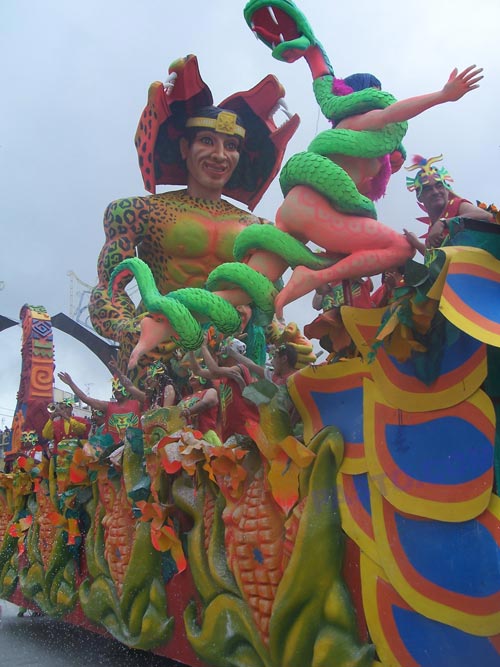In Colombia, January 2 marks the beginning of the Carnaval de Blancos y Negros, which brings together people in the town of Pasto to celebrate diversity. Until January 7, the town becomes a giant party as natives and tourists adorn in colourful garb and march on the streets in a festival that dates back to more than 100 years ago.

The festival, which draws from Andean and Hispanic traditions has now become a central part of the town’s existence. Officially, the event starts on December 28 with the water festival, which involves throwing water in homes and on the streets to initiate a festive mood. This gives way to the Old Year’s parade on December 31, where marchers carry satirical figures representing celebrities and current events and burning effigies to symbolise the burning of the passing year.
Each day of the festival comes with different activities but the main focus is usually Day 5 and Day 6: the blacks’ and whites’ day respectively.
On Blacks’ Day, people of all ethnicity don black cosmetic, including painting their faces black. The day has connections to slavery

On Whites’ Day, natives use talcum powder on their faces and body to symbolise whiteness. As this marks the penultimate day of the festival, it features a grand parade, which comprises giant floats, groups of dancers and musicians and people dressed in elaborate costumes prepared months in advance for the event.
Although the event seems to spread diversity, Colombia is one of the South American countries still struggling with racism. Before the passing of legislation in the country to represent its multi-cultural background, many black people were invisible under the law. The country refused to acknowledge racism, placing the blame of inequality on the economy instead.

The historical discrimination of black Colombians, who fall into four main categories:
Even so, the carnival is considered a unique cultural event that the UNESCO named it one of their Masterpieces of the Oral and Intangible Heritage of Humanity in 2009.










